Did you know that this famous palace in England was named after an important battle fought in the early 18th century?
In this post, you’ll discover the ultimate list of Blenheim Palace facts, one of the most fascinating palaces in the world!
1. It’s located in a small town in Southeast England
Blenheim Palace is a huge country house located in Woodstock, a small market town in Oxfordshire in the South East England Region.
It’s situated about 13 kilometers (8 miles) to the northwest of the city of Oxford. This is the county town and location of the famous Oxford Castle, as well as the Oxford University, the oldest in the English-speaking world.

2. It was built on an enormous estate
The palace was built in an area that used to be the location of the manor of Woodstock, a royal residence that was originally built as a hunting lodge by Henry I of England in 1129.
Even though the manor was sometimes referred to as “The Palace of Woodstock,” it wasn’t initially much more than a small-sized castle before the construction of the palace.
Regardless, the estate covers a total area of 2,100 acres (850-hectare) which made it a perfect location for hunting.

3. The palace is unique in England for a particular reason
One of the most remarkable Blenheim Palace facts is that it’s the only country house that is non-royal and that doesn’t belong to the church that can call itself a palace.
Because of the sheer size of the structure, which was mostly built between 1704 and 1722, it’s also one of the largest houses in the country!
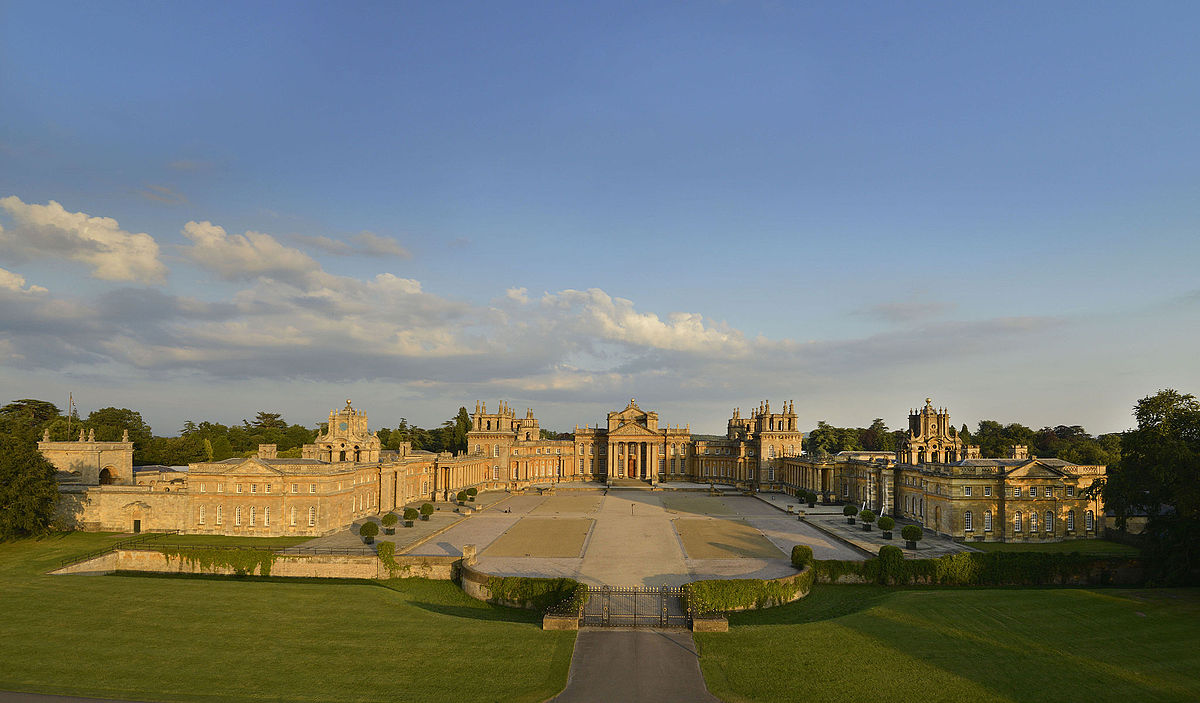
4. It was initially built as a gift to the 1st Duke of Marlborough
The palace was named after the “Battle of Blenheim,” a reference to an important event during the War of the Spanish Succession in 1704. The victory of the troops led by John Churchill against the French and Bavarians was crucial and took place in Blindheim in Bavaria.
As a reward, he was offered the estate in Woodstock and the English Government also agreed to fund the construction of the palace. He was also made the 1st Duke of Marlborough, even though he wasn’t a member of the royal family and minor gentry.
Nevertheless, his wife, Sarah Churchill, Duchess of Marlborough, managed to convince Queen Anne to fund the project. This only lasted until 1711, though, and the remaining of the palace was funded by the Duke himself after they returned the day after the Queen’s death on August 1, 1714.
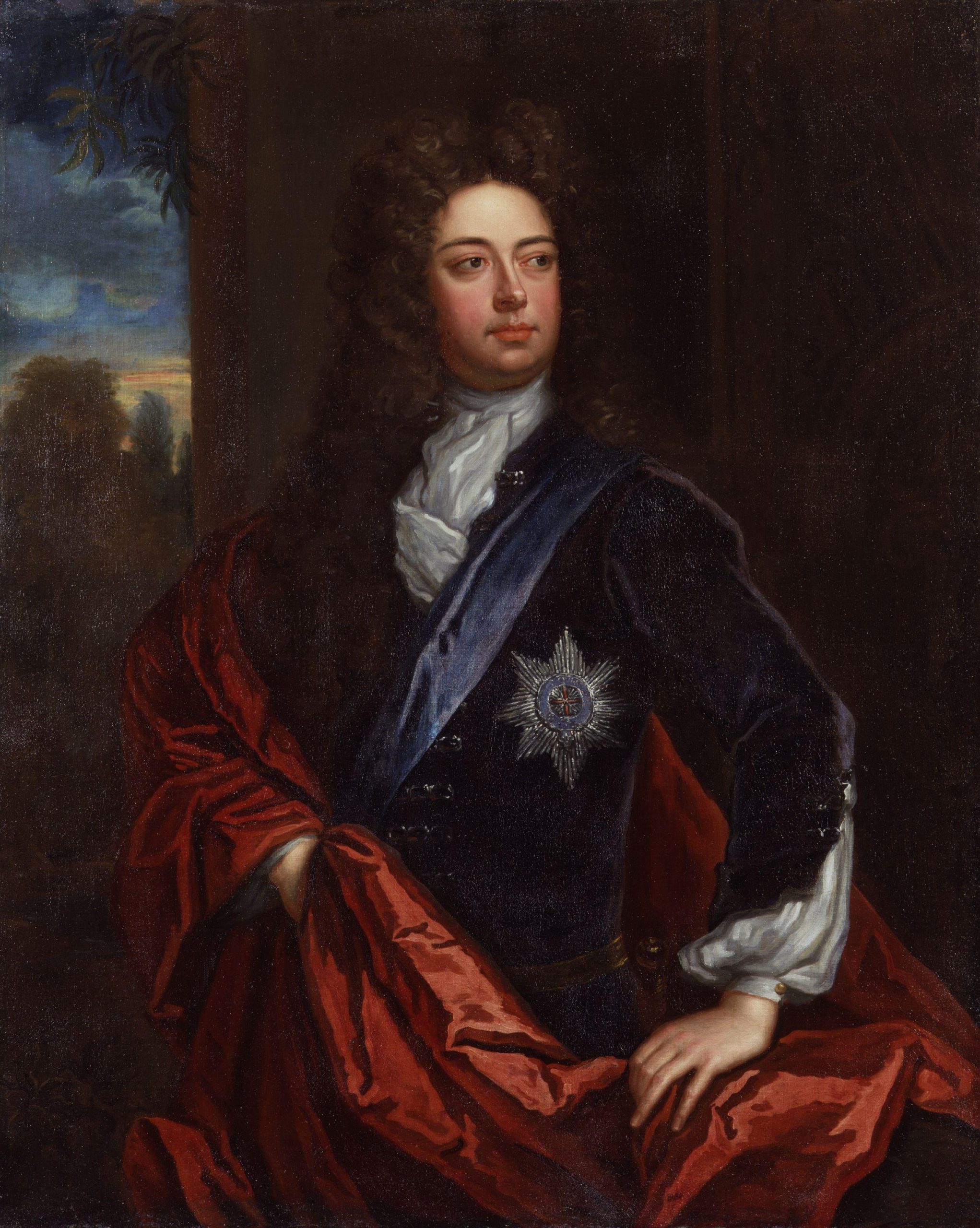
5. It’s a prime example of Baroque architecture in England
Even though the Duchess originally favored Sir Christopher Wren, the architect of St. Paul’s Cathedral in London, the Duke hired Sir John Vanbrugh, a relatively unknown (and untrained) architect but popular socialite.
He got a lot of help from a renowned English Baroque architect named Nicholas Hawksmoor, and together, they built one of the finest examples of English Baroque architecture.
Because the Duchess wasn’t allowed to get Wren involved in the project, she openly criticized Vanbrugh about the lavish palace and eventually banned him from the site in 1719. His reputation never recovered from this and the design of the building wasn’t appreciated as much in the day as it is today.
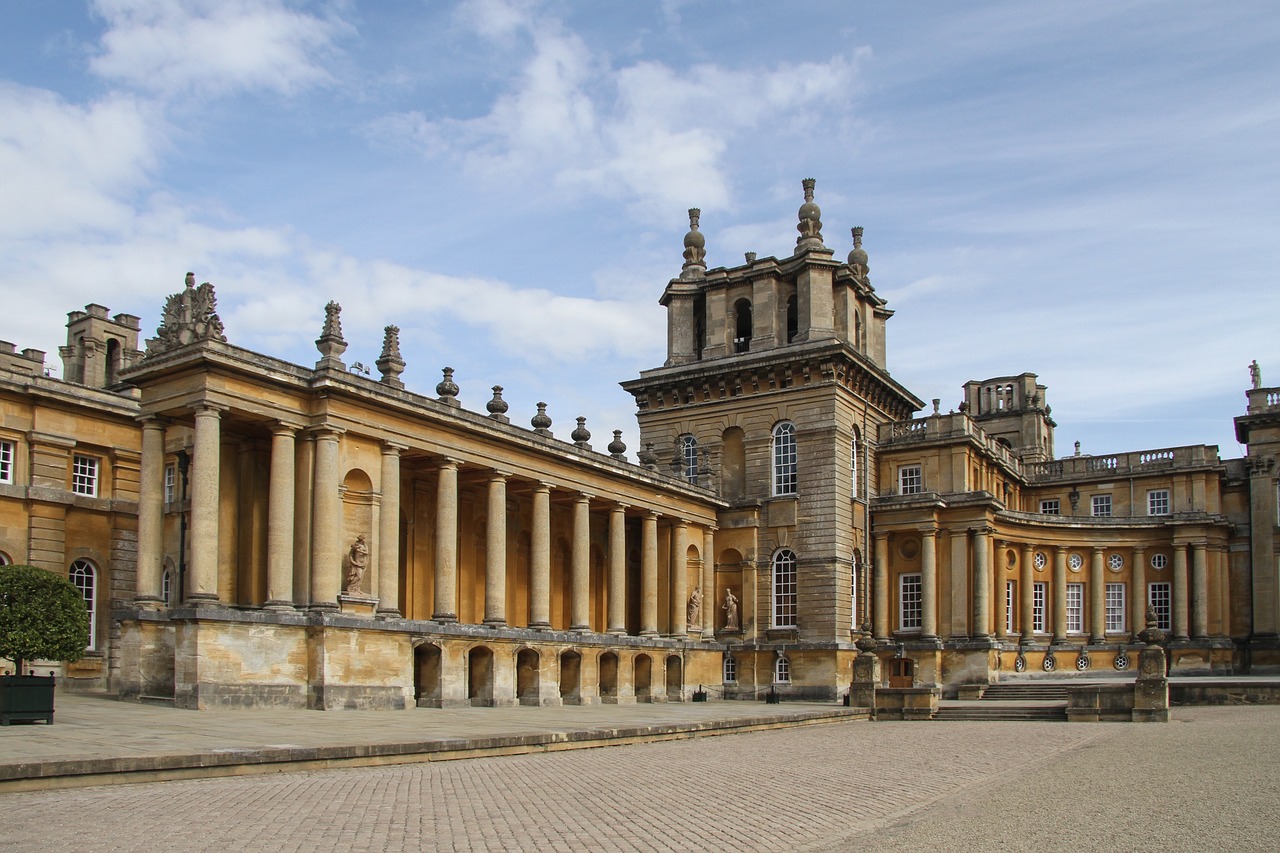
6. It features a triumphal arch at the entrance of the park
The word lavish perfectly describes this palace, and this doesn’t just include the core structure. Several additional structures were built in the park, including the Grand Bridge (1722-1724), the Column of Victory (1727-1730), and some monumental gates to enter the park.
One of these gates was designed by Nicholas Hawksmoor in 1723 and was modeled on the Arch of Titus, one of the most famous arches in Rome which dates back to the 1st century A.D. and which features scenes of the Sacking of Jerusalem in the year 70.
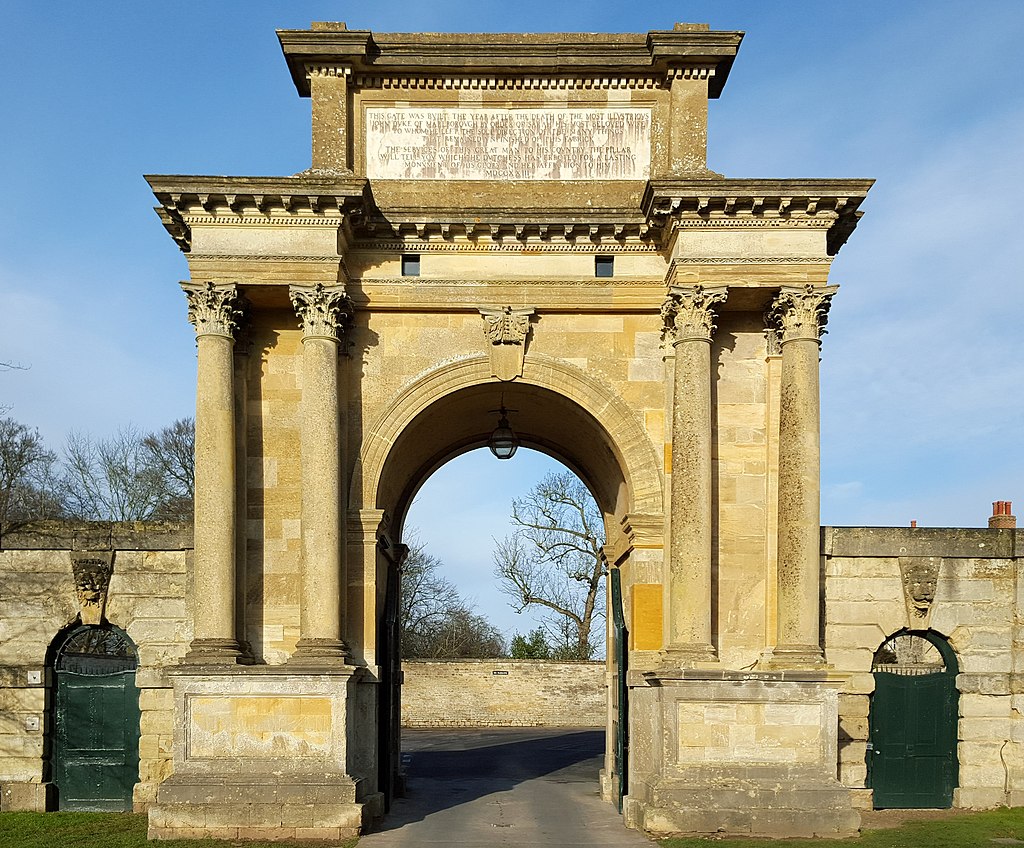
7. It originally featured gardens that were modeled on Versailles’
The original gardens of the palace were designed in the same style as the monumental gardens designed by famous French landscape architect André Le Nôtre at the Palace of Versailles.
This heavily ornamented garden was gradually replaced in the 18th century with a more traditional English garden that features natural landscapes such as woods, lawns, and waterways.
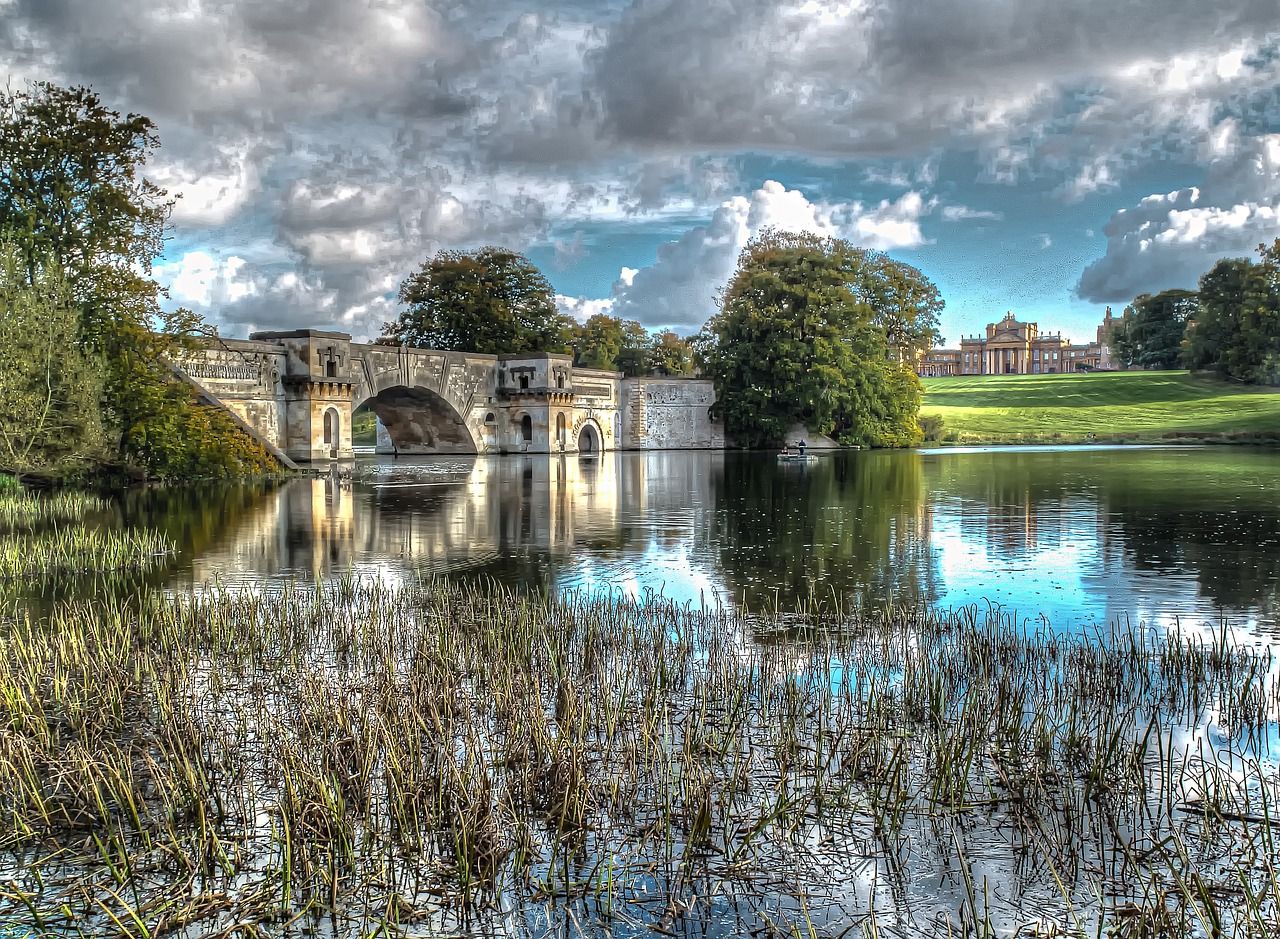
8. The Great Hall features a magnificent fresco on its ceiling
If the gardens were highly decorated, then the interior of the Palace must look pretty amazing too, right?
Well, that’s definitely the case! One of the most remarkable features of the palace’s interior is the Great Hall, which is 20 meters (67 feet) high and which features a fresco painted by Sir James Thornhill in 1716.
This famous Baroque artist also painted the interior of the dome at St. Paul’s cathedral in London.
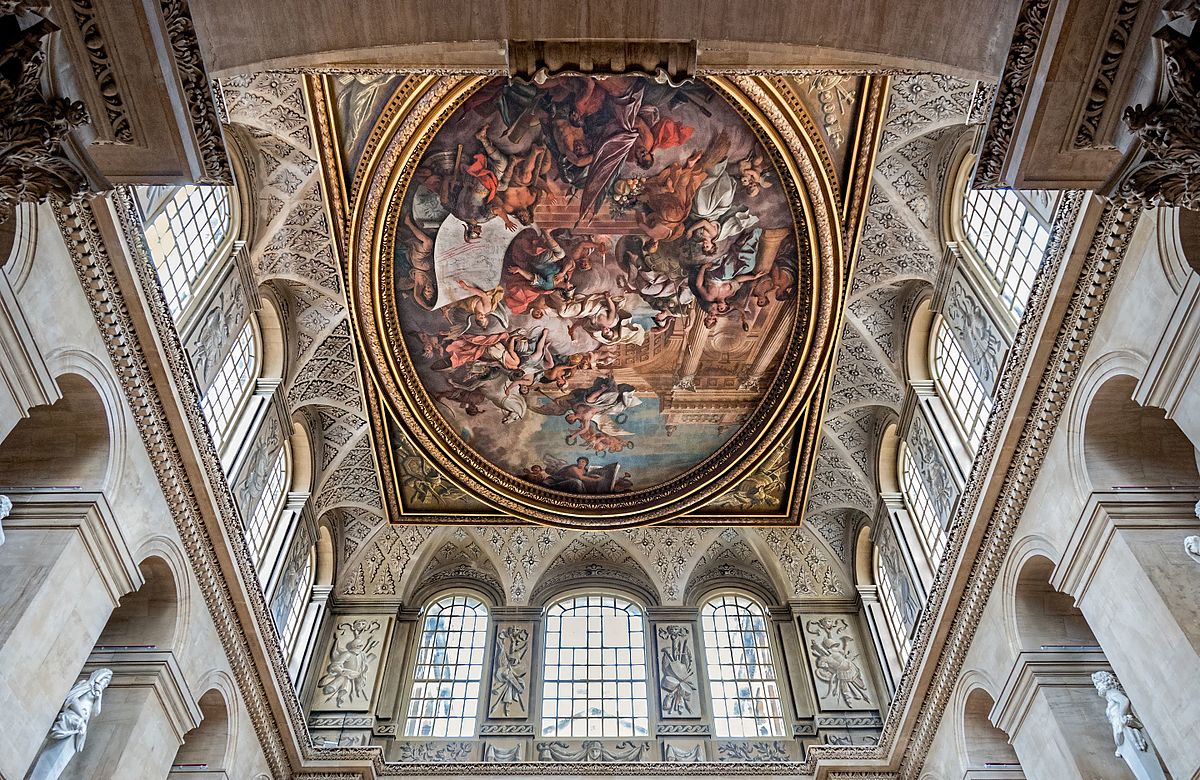
9. The tomb of the 1st Duke of Marlborough is located in the chapel
One of the most intriguing Blenheim Palace facts is that the palace chapel contains the tomb of the man who originally constructed the palace, John Churchill, 1st Duke of Marlborough.
He’s buried together here with his wife and his remains were moved here from Westminster Abbey after the Duchess passed away in the year 1744.
This eventually became a tradition which means the chapel has become a mausoleum for future Dukes and Duchesses as well!

10. The 9th Duke saved the palace and family with a loveless marriage
In the late 19th century, the Dukes of Marlborough found themselves in serious financial difficulties. The 7th Duke started selling valuable art. This included a Painting of Renaissance Master Raphael, and one of the masterpieces of Peter Paul Rubens called “Rubens, His Wife Helena Fourment, and Their Son Peter Paul, and Their Son Frans” (1633–1678).
These sales, however, didn’t allow the 7th and 8th Dukes to clear all the debt, so Charles, the 9th Duke of Marlborough, only had one option left, which was to marry a rich woman.
That’s why he married American railroad heiress Consuelo Vanderbilt. Even though this saved the family as it allowed them to keep the palace in their possession, the marriage turned out to be loveless and they finally ended up divorcing in the year 1921.

11. One of England’s most famous politicians was born here
Perhaps one of the most fascinating Blenheim Palace facts is that this immense building was the birthplace of Sir Winston Churchill, the famous English politician who stood up against the Nazis during World War II.
Another fun fact is that he proposed to his future wife in a small temple called the “The Temple of Diana” located near the Grand Lake in the year 1908!
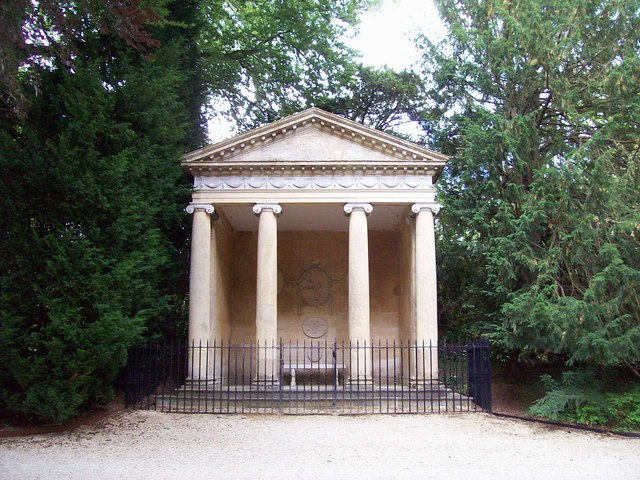
12. It’s a UNESCO Site and partially open to the public
Blenheim Palace has been designated as a UNESCO World Heritage Site in 1987 and is now one of the most popular tourist attractions in the region. The immense landscaped park is open to the public for a fee and has about 8 kilometers (5 miles) of paths.
There’s even a miniature railway called the “Blenheim Park Railway” which allows tourists to discover all of the amazing gardens of one of the most fascinating palaces in England!



